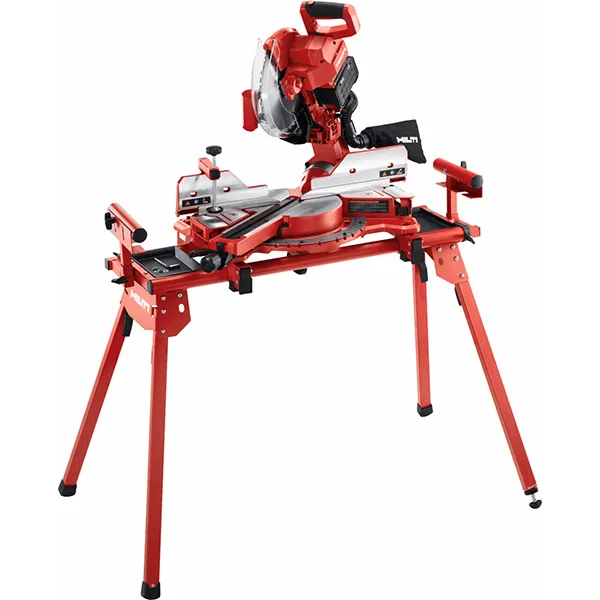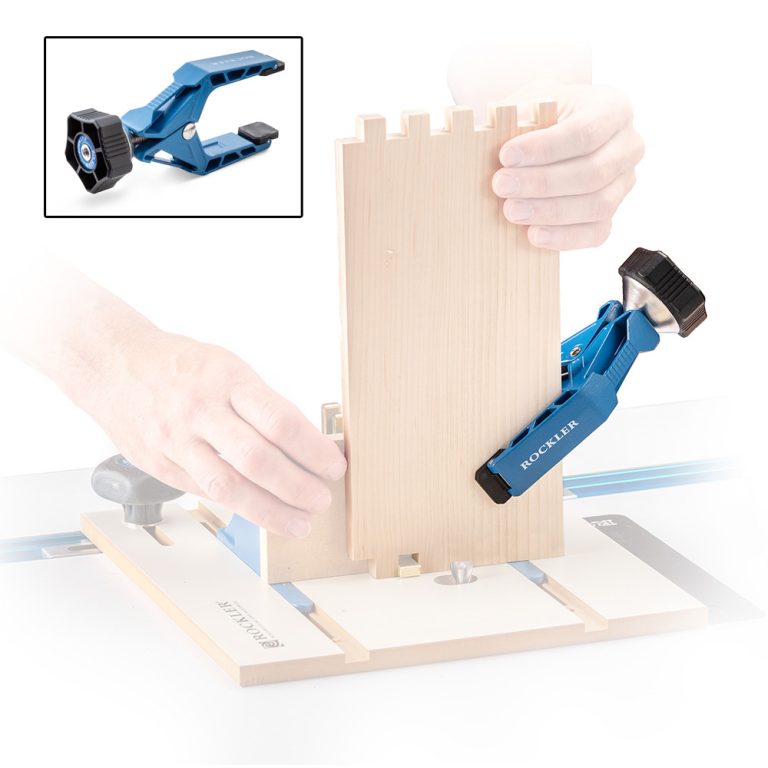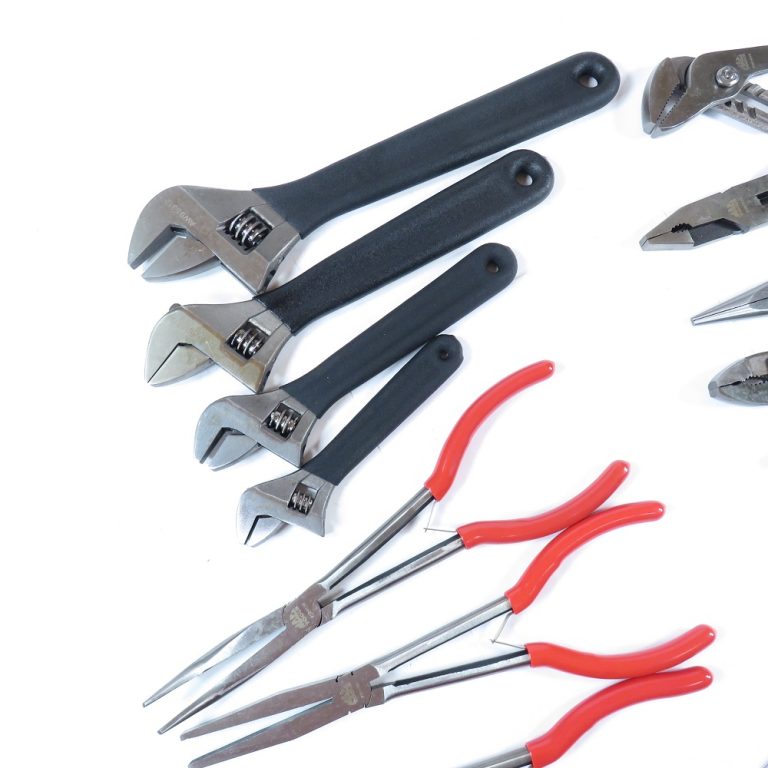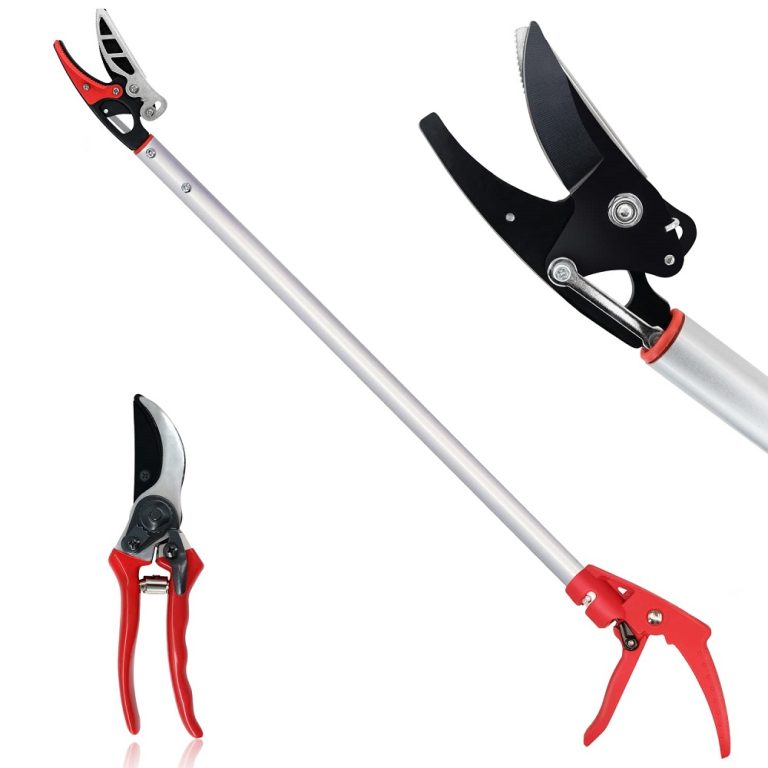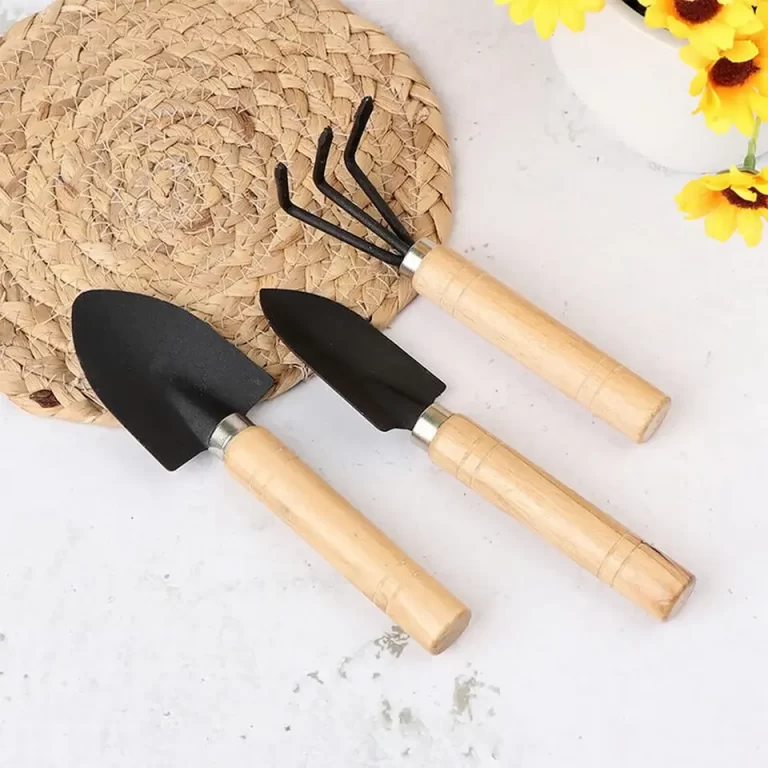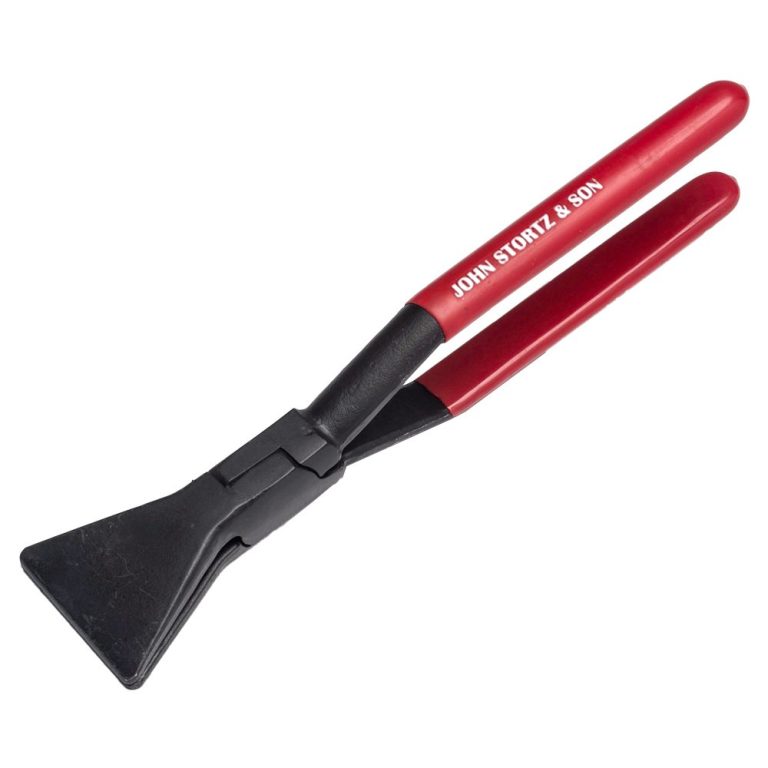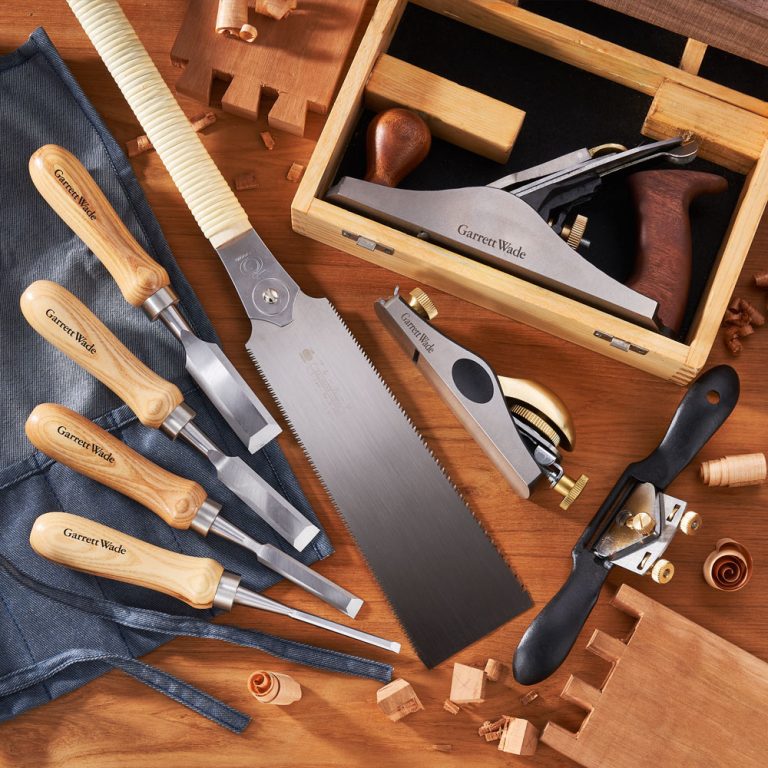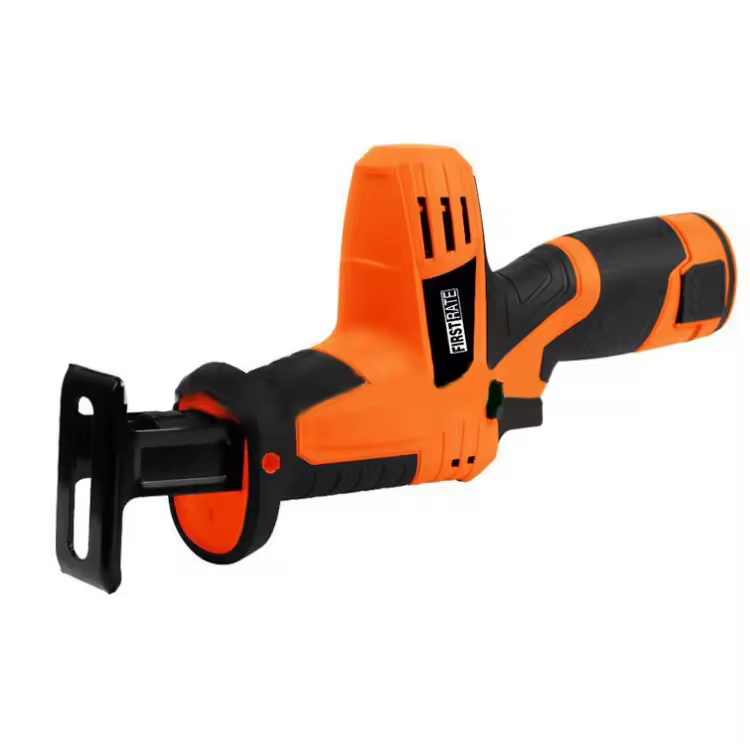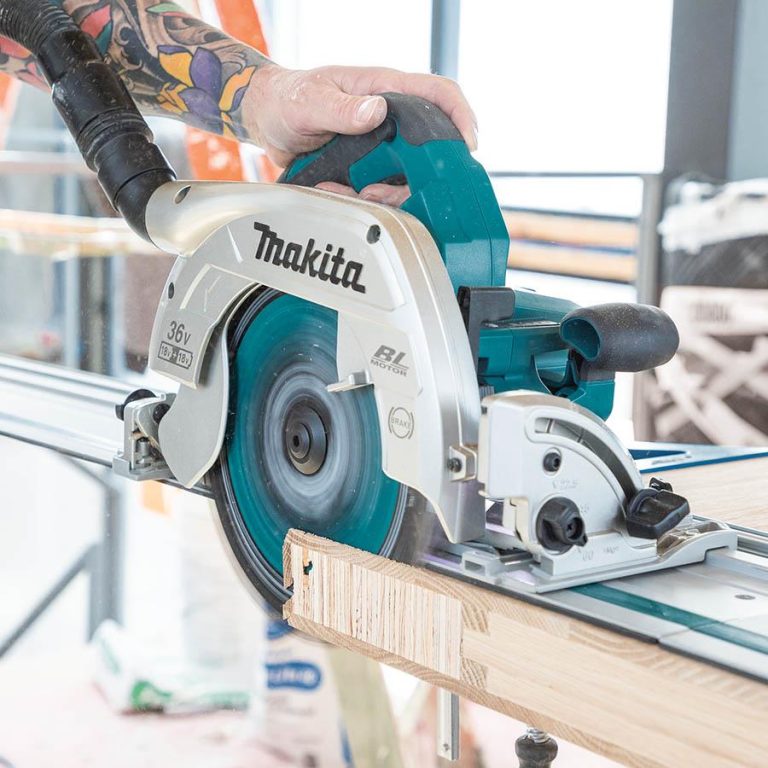Introduction to Compound Miter Saws
Compound miter saws are versatile tools for woodworkers. They allow for precise angled cuts. These cuts could be in two planes: horizontal and vertical. This makes them ideal for a wide range of projects. For frames, moldings, and even complex carpentry, they shine.
A compound miter saw has a rotating blade mounted on a swing arm. This arm pivots left or right for angled cuts. This differs from the standard miter saw by its ability to tilt. That tilt provides the ‘compound’ cut – both a miter and bevel at once.
These saws come in various sizes and styles. They include single-bevel, double-bevel, sliding, and non-sliding models. Each type has its own advantages. Users select based on the kind of work they do.
Understanding how these saws function is key to using them right. It’s also vital in choosing one. Power, precision, and portability are things to consider. The right saw will improve your work’s quality and efficiency.
In this guide, we will explore key features and types of compound miter saws. We’ll also look at top brands, safety practices, and maintenance tips. Stay tuned to find out how to select and care for the perfect compound miter saw for your needs.
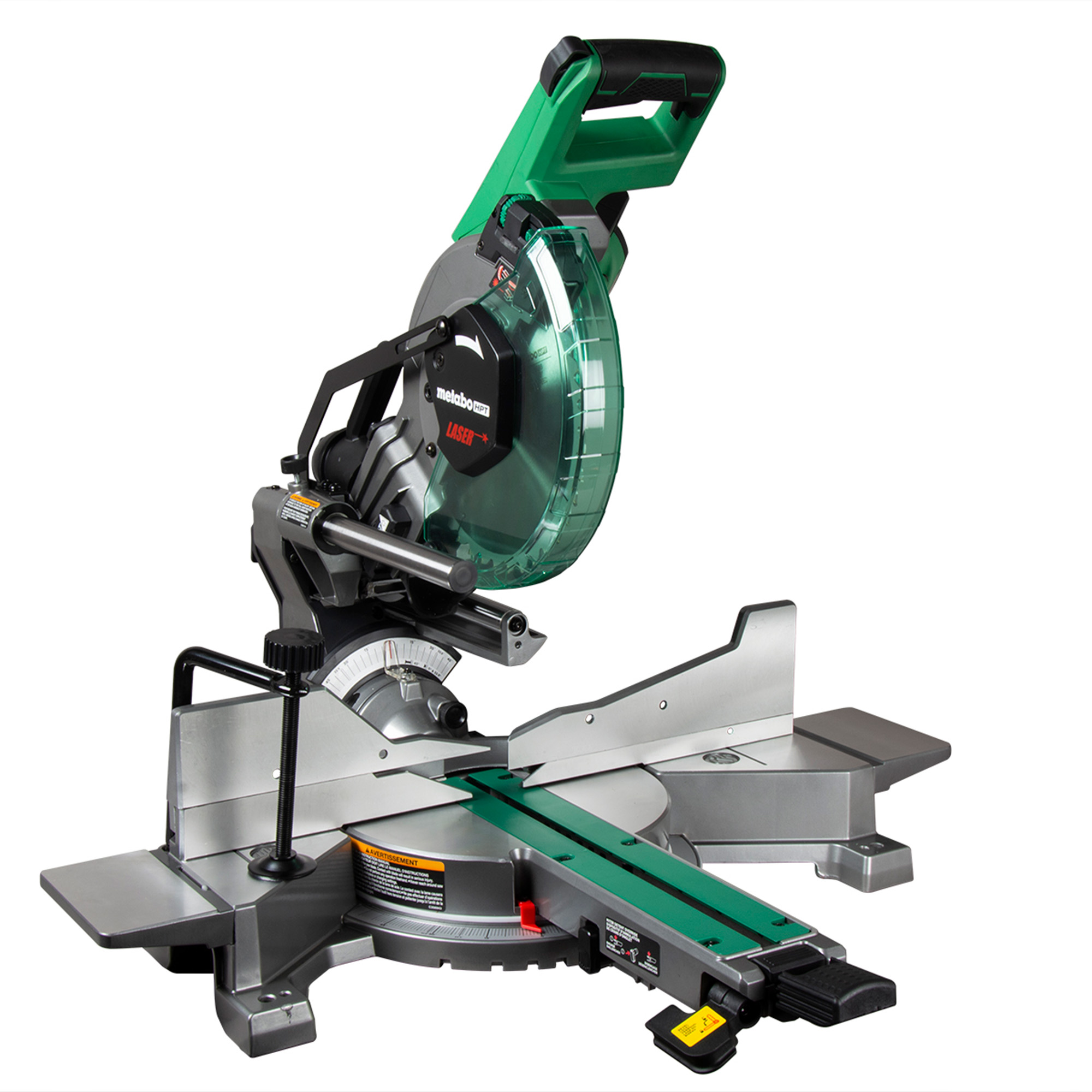
Key Features to Look for When Buying a Compound Miter Saw
When shopping for compound miter saws, certain features can make or break your experience. Here’s what to prioritize:
- Power and Motor Type: The saw’s motor determines its cutting capability. Look for a robust motor that matches your project demands.
- Blade Size: This dictates the maximum cut depth. Blades usually range from 8 to 12 inches. Choose based on the material thickness you’ll cut.
- Miter and Bevel Capacity: Ensure the saw tilts and angles to the degrees you need. Higher capacity offers more versatility.
- Laser Guide System: A laser guide aids in accuracy. It projects a line on your material to follow while cutting.
- Dust Collection System: This feature helps manage sawdust. A good system keeps your workspace clean and your cut line clear.
- Positive Stops: These are preset notches that allow quick adjustments to common angles. They save time and boost precision.
- Safety Features: Look for a saw with solid guards, a lock-off trigger, and electric brakes.
Each feature directly impacts the saw’s performance. Match them to your workflow and the complexity of your projects. With the right combination, your compound miter saw will be a reliable asset in your workshop.
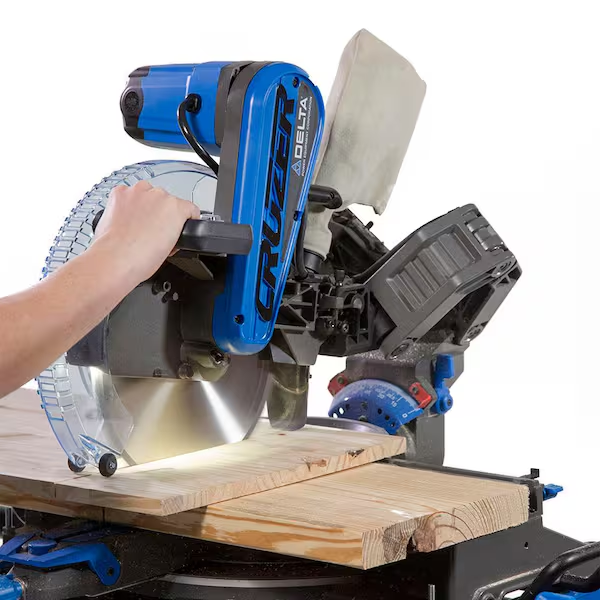
Understanding Miter Saw Blade Types
Choosing the right blade is crucial for the performance of compound miter saws. Blade types vary based on tooth count, material, and purpose. Here we’ll delve into the details to help you select the right one.
- Tooth Count: Blades can range from 24 teeth to over 100. More teeth mean smoother cuts but slower speed. Fewer teeth cut faster but rougher. Pick a blade with more teeth for fine work like trim.
- Blade Material: Common materials include High-Speed Steel (HSS) and Carbide-Tipped. HSS is cheaper but dulls quicker. Carbide-tipped blades stay sharp longer but are pricier.
- Blade Purpose: Some blades are for general use, while others are for specific materials. For example, there are blades for wood, metal, and plastic. Use a wood blade for wood and a metal blade for metal to get the best results.
Different projects call for different blades. Consider the job and material. This ensures clean cuts and extends the life of your blade and saw.
Single-Bevel vs. Double-Bevel Compound Miter Saws
When deciding between a single-bevel and a double-bevel compound miter saw, understanding their differences is crucial. Each type caters to specific cutting needs and offers distinct advantages for certain woodworking projects. Here’s a breakdown to help you choose the right one:
- Single-Bevel Compound Miter Saws:
- Description: These saws can tilt in one direction only. They make bevel cuts in one direction without needing to flip the workpiece.
- Best For: Ideal for simpler projects where basic angle cuts are required. They are more affordable and lighter, making them suitable for beginners and hobbyists.
- Limitation: Their inability to tilt both ways can extend the time on projects needing cuts in opposite directions.
- Double-Bevel Compound Miter Saws:
- Description: These saws tilt in both left and right directions. This allows for bevel cuts on both sides of the material without flipping it.
- Best For: Perfect for complex projects involving multiple angle cuts. They save time and boost accuracy in professional settings.
- Cost Consideration: Typically more expensive than single-bevel saws due to their enhanced versatility and productivity.
Choosing the right type depends on your specific project needs, budget, and the level of convenience you desire. Both types improve precision in woodworking but cater to different user requirements and skill levels.
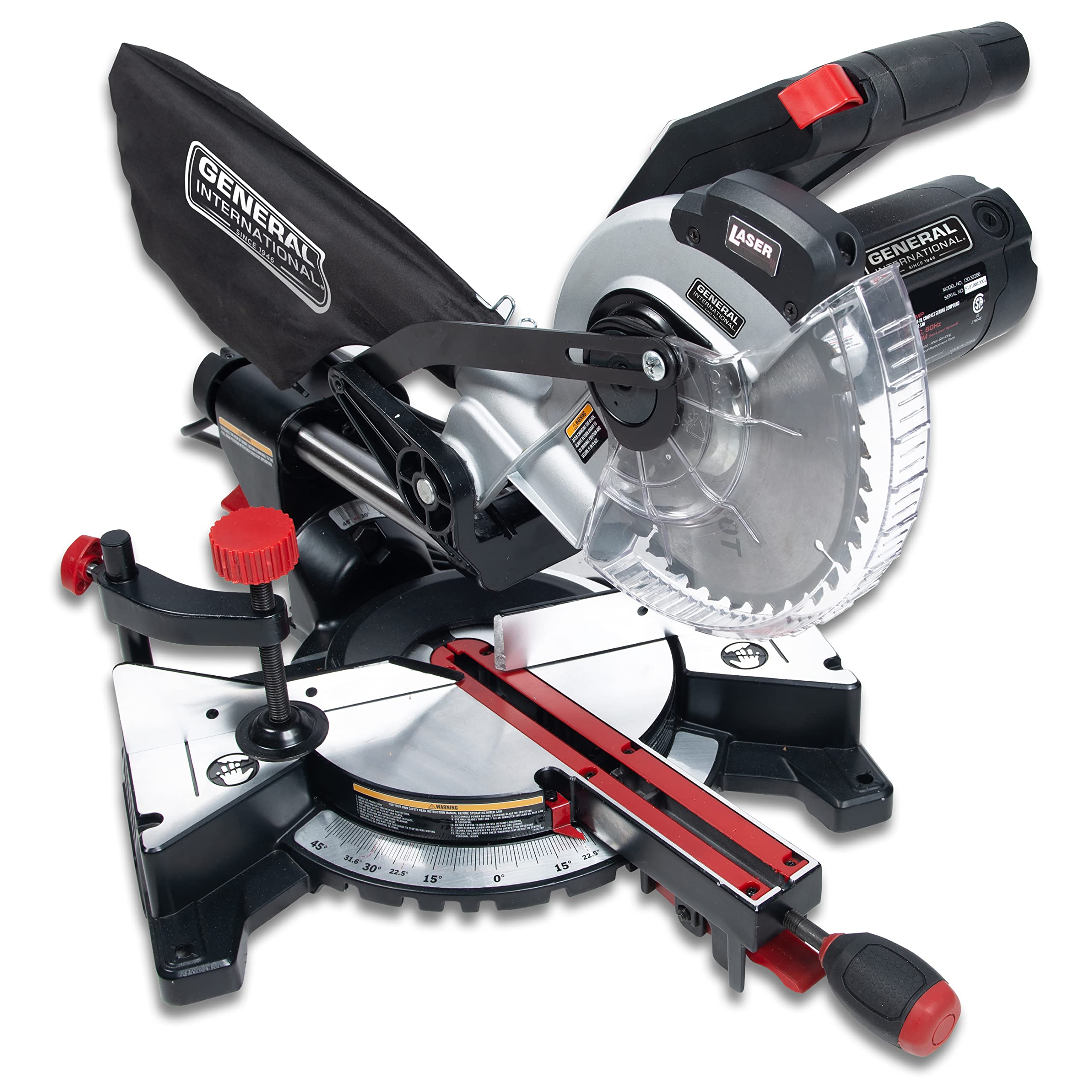
Sliding vs. Non-Sliding Compound Miter Saws
Understanding the differences between sliding and non-sliding compound miter saws is essential. It will guide your purchase, based on the projects you do.
Sliding Compound Miter Saws:
- Pros:
- Sliding saws provide a greater cutting length. They allow you to slide the blade forward and backward. This is ideal for cutting larger pieces of material.
- These saws offer more flexibility for a wide range of cuts. You can tackle bigger projects with ease.
- Best For:
- They work well for larger construction tasks. Think decking or large framing projects.
- Great for professionals who need to cut wide boards regularly.
Non-Sliding Compound Miter Saws:
- Pros:
- Non-sliding saws are typically more compact and lighter. This makes them easy to move and store.
- They are usually less expensive than sliding models. A good option if you are on a budget.
- Best For:
- Ideal for smaller projects. If you’re cutting trim or doing finer work, this may suit you.
- Good for hobbyists or those with less space.
In conclusion, sliding compound miter saws excel in width and versatility. Non-sliding saws win in portability and price. Consider your project scope and your workspace size. Think about how often you will cut large pieces. Choose the saw that fits your needs. Remember, the best saw is one that serves your specific projects effectively.
Size and Material Considerations
When picking a compound miter saw, size and material are key factors. Here is what to consider:
- Workbench Space: Measure your work area. Ensure the saw fits without clutter.
- Material Size: Match the saw’s size with the materials you plan to cut. Bigger saws handle wider boards.
- Material Type: Wood, metal, and plastic need different saw types. Check compatibility.
- Saw Weight: If you move the saw often, choose a lighter model.
- Durability: A sturdy saw handles heavy use. Look for robust construction.
Select a saw that aligns with your workspace and the materials you’ll cut. This ensures efficiency and accuracy in your projects. Get a saw that is tough, but also the right size for your shop. Remember, the right tool fits both the job and the workspace.
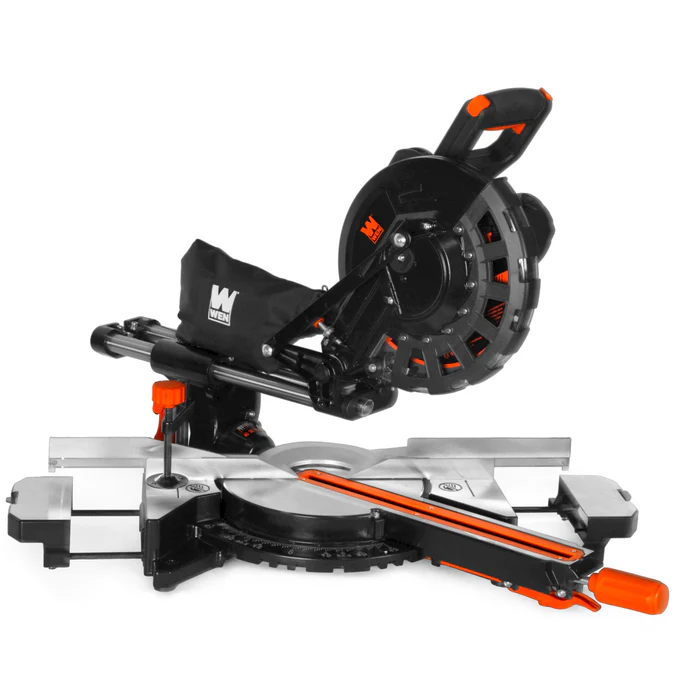
Safety Features and Best Practices
Ensuring safety when using compound miter saws is critical. Not only does it protect you from harm, but it also ensures your projects turn out well. Let’s dig into the safety features to look for and best practices to adopt.
- Blade Guards: A good saw has a blade guard that keeps the blade covered when not in use. This prevents accidental contact.
- Lock-Off Trigger: This feature requires you to press a button before the trigger. It stops the saw from starting by accident.
- Electric Brakes: Electric brakes reverse the flow of electricity in the saw’s motor when you release the trigger. They stop the blade quickly, usually in a few seconds.
- Safety Clamps: Clamps hold the material in place while cutting. They keep your hands away from the blade.
When it comes to best practices, here are a few to follow:
- Read the Manual: Always read the manufacturer’s instructions before using your saw. Know how to operate it safely.
- Wear Safety Gear: Use protective gear like safety glasses, ear protection, and a dust mask.
- Check the Blade: Before cutting, ensure the blade is sharp and properly attached. A dull or loose blade is dangerous.
- Secure the Workpiece: Always clamp down the material you’re cutting. Never try to hold it by hand.
- Keep the Area Clean: A clean workspace prevents tripping. It also keeps the cut line visible.
- Avoid Distractions: Pay attention while using the saw. Distractions can lead to accidents.
Remember, safety is the most important aspect when working with power tools. These tips help prevent injury and make your time in the workshop more enjoyable and productive.
Top Brands and Models in the Market
When choosing a compound miter saw, considering the brand is important. Top brands often offer quality, reliability, and good customer service. Here are some leading brands and their models that have earned trust among professionals and hobbyists:
- DeWalt: Known for durability and precision, DeWalt’s compound miter saws are favorites. The DeWalt DWS779 sliding compound miter saw is a popular choice. It offers a powerful motor and a double-bevel design.
- Bosch: Bosch tools stand out for innovation. The Bosch GCM12SD is a high-performance model with a patented glide system. This is for smoother cutting operations.
- Makita: Makita is famous for making lightweight and portable saws. The Makita LS1019L is a sliding compound miter saw. It gives an excellent balance between power and portability.
- Hitachi/Metabo HPT: Known for their versatile features, Hitachi saws have now become Metabo HPT. The Metabo HPT C10FCGS offers simplicity and affordability, suitable for beginners.
- Ryobi: Ideal for DIY enthusiasts, Ryobi offers cost-effective options. The Ryobi TSS103 is a well-rounded model for casual use.
- Milwaukee: For heavy-duty use, Milwaukee’s miter saws are built to last. The Milwaukee 6955-20 features fine adjustability and a digital miter angle readout.
Remember, each model comes with its own set of features suited for different tasks. Look for a compound miter saw that fits your specific needs. Does it need to handle heavy loads? Is it for occasional use? Think about your answers to these questions while shopping. Additionally, read reviews and check for warranty information. A good warranty can save you from problems down the road. Choose wisely for a tool that will serve you for years to come.
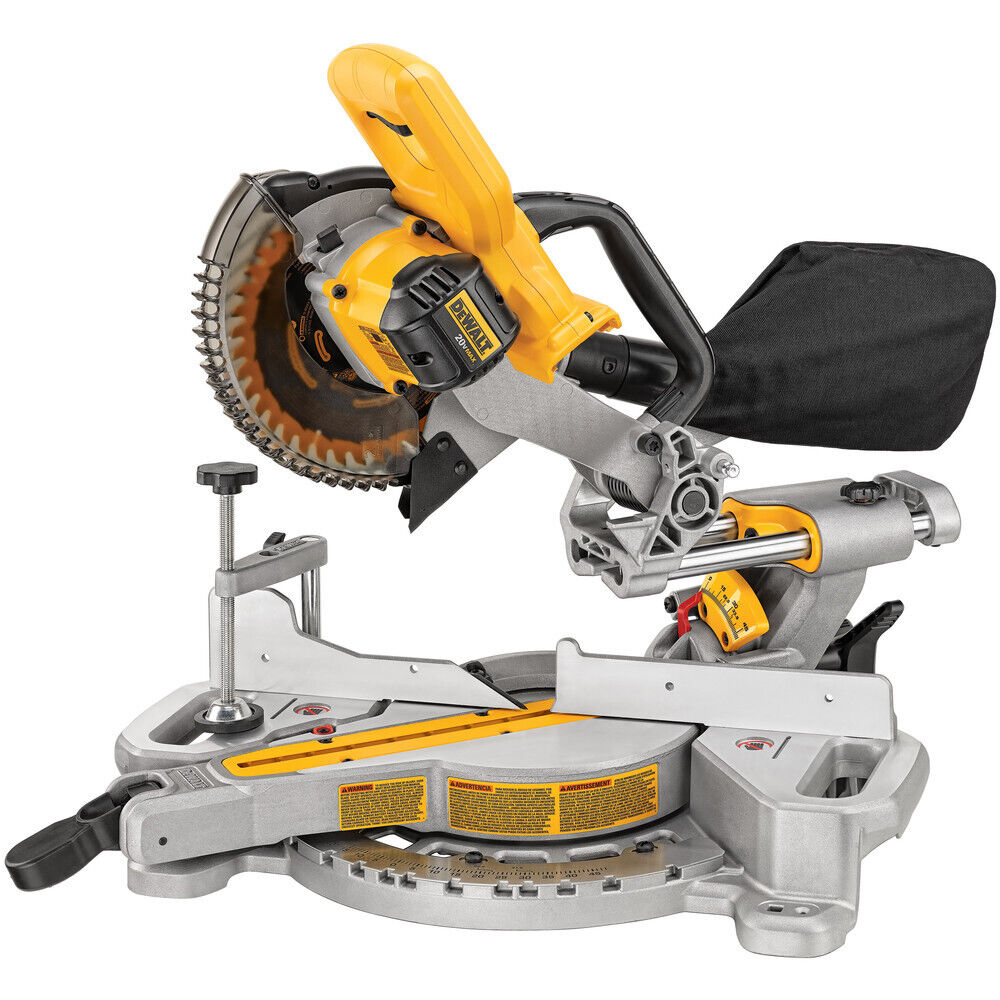
Maintenance and Care for Your Compound Miter Saw
Proper maintenance and care are crucial for ensuring your compound miter saw operates efficiently and last longer. Here are some essential tips to help you maintain your saw:
- Clean Regularly: Keep your saw clean from sawdust and debris. This prevents mechanical issues and ensures accuracy.
- Check the Blade: Inspect the blade for wear and tear. Replace it if it’s dull or damaged.
- Lubricate Moving Parts: Apply lubricant to any moving parts to reduce friction and protect against rust.
- Tighten All Fasteners: Loose screws can affect the saw’s accuracy. Tighten them regularly.
- Keep It Dry: Store your saw in a dry place to prevent rust and corrosion.
- Inspect for Damage: Check for any signs of damage before and after use. Repair any issues immediately.
By following these tips, you can extend the life of your compound miter saw and enhance its performance. Regular maintenance ensures that you continue to make precise cuts safely and effectively.
